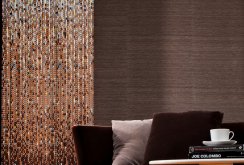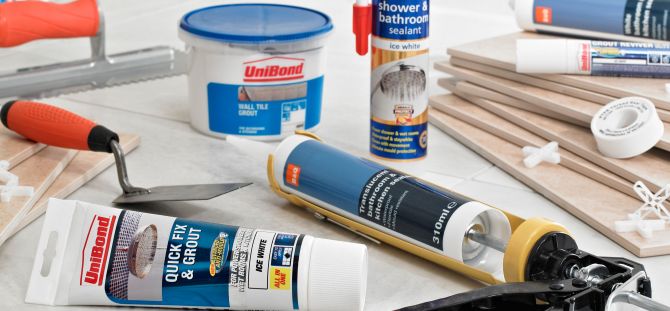 Sealant for outdoor use: everything you need to know
Sealant for outdoor use: everything you need to know
Hermetic compounds are widely used in modern construction. It is important to protect any structure from moisture and cold, to give the structure integrity and completeness.
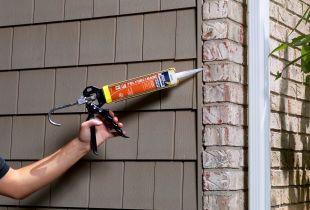 Advantages of polyurethane sealant
Advantages of polyurethane sealant
If you need to seal the connections of the sanitary equipment in the bathroom, or you are looking for an elastic sealant for wood, or for sealing cracks in concrete structures, then the modern market offers many types of ...
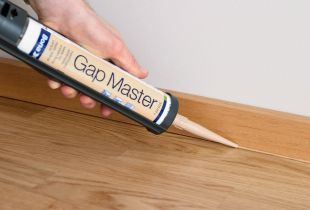 Sealant for wood - a reliable solution to the problems of cracks and crevices
Sealant for wood - a reliable solution to the problems of cracks and crevices
Sealant for wood is very practical in everyday life and during repair. It allows you to firmly fasten wooden elements without leaving any residue and unpleasant odor.
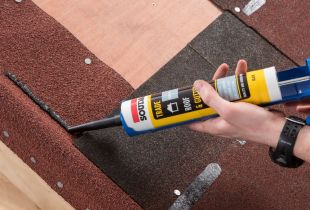 Bituminous sealant - tight protection of the roof and foundation
Bituminous sealant - tight protection of the roof and foundation
Bituminous sealants are used for waterproofing complex roof units, foundation blocks. Bitumen protects concrete from destruction by water, and wooden structures - from decay. Bitumen sealant is an effective material for sealing water pipes ...
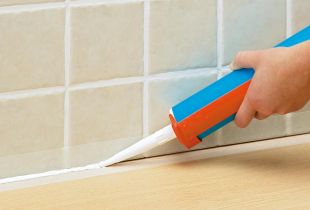 Silicone sealant: the use of the composition in everyday life
Silicone sealant: the use of the composition in everyday life
Silicone sealants are most widely used, they are used in various fields - from the manufacture of aquariums to the sealing of interpanel seams in the construction of high-rise buildings. The compositions are distinguished by excellent technical characteristics, easy to use, ...
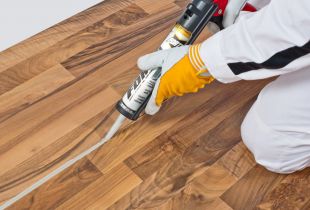 Decoration Acrylic Sealant: Composition Capabilities
Decoration Acrylic Sealant: Composition Capabilities
Acrylic sealants are used for sealing joints, gluing surfaces during construction, installation works and repairs in the premises. They are distinguished by simple application, attractive price, durability and practicality. Used in the final stages of decoration ...
 Glossy paint in the interior: practical nobility (20 photos)
Glossy paint in the interior: practical nobility (20 photos)
Glossy paint in the interior offers unique opportunities to increase and decorate the space. It can be used both for the interior and for the decor of its individual elements.
 Pearl paint for walls: a mysterious radiance (23 photos)
Pearl paint for walls: a mysterious radiance (23 photos)
If you want to create an unusual wall decor, then pearl paint for the walls will be the best solution. The iridescent motifs make the room sparkle and look presentable.
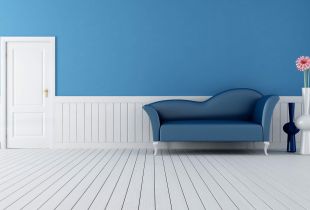 Paint for painting wallpapers: a new mood every day (24 photos)
Paint for painting wallpapers: a new mood every day (24 photos)
If you want to change the look of your home quickly and cheaply, then paint for painting wallpapers will work best. Changing the shade of the walls, the fresh look of the rooms - this can be done in one day.
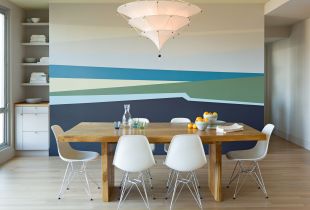 Paint for the kitchen: a practical finish or a relic of the past (15 photos)
Paint for the kitchen: a practical finish or a relic of the past (15 photos)
The construction industry is a concentration of innovative technologies that skillfully "collaborate" with the demanded materials. One of such time-tested materials is rightfully considered paint. It is an easy-to-apply finishing agent ...
 DIY furniture painting - boring design (22 photos)
DIY furniture painting - boring design (22 photos)
Furniture painting is possible not only in the factory. With your own hands, you can transform the atmosphere in the living room, children's room or kitchen. It is important to know the grafting of furniture painting from MDF and the restoration of old facades.

 Advantages of polyurethane sealant
Advantages of polyurethane sealant Sealant for wood - a reliable solution to the problems of cracks and crevices
Sealant for wood - a reliable solution to the problems of cracks and crevices Bituminous sealant - tight protection of the roof and foundation
Bituminous sealant - tight protection of the roof and foundation Silicone sealant: the use of the composition in everyday life
Silicone sealant: the use of the composition in everyday life Decoration Acrylic Sealant: Composition Capabilities
Decoration Acrylic Sealant: Composition Capabilities Glossy paint in the interior: practical nobility (20 photos)
Glossy paint in the interior: practical nobility (20 photos) Pearl paint for walls: a mysterious radiance (23 photos)
Pearl paint for walls: a mysterious radiance (23 photos) Paint for painting wallpapers: a new mood every day (24 photos)
Paint for painting wallpapers: a new mood every day (24 photos) Paint for the kitchen: a practical finish or a relic of the past (15 photos)
Paint for the kitchen: a practical finish or a relic of the past (15 photos) DIY furniture painting - boring design (22 photos)
DIY furniture painting - boring design (22 photos)






